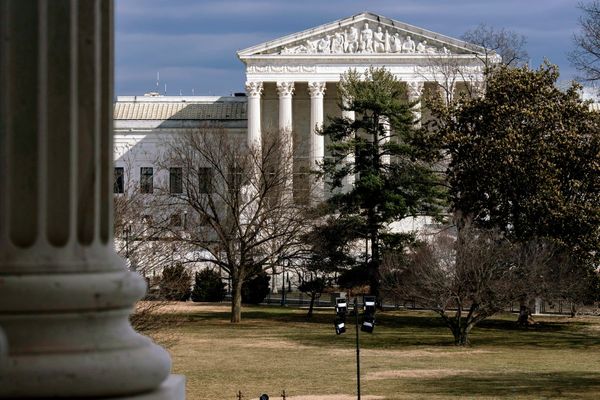A new survey has detected “shocking” declines in the populations of 22 species of eagle, vulture, buzzard, falcon and other birds of prey in Kenya -- and roads, railways and rat poison have all played a part.
Populations of 19 out of 22 Kenyan birds of prey species had declined by 70 percent on average in just 40 years, the survey published in the journal Biological Conservation said, with one species -- the common kestrel -- having declined by 95 percent.
Birds of prey play a key role in keeping down rats and other pests and vultures dispose of animal carcasses that can harbour deadly diseases. But being at the top of the food chain makes them highly sensitive to human impacts on the environment.
In Kenya, the development of roads, railways and power lines have fragmented many ecosystems, while deforestation, intensive agriculture and overgrazing have left “a biologically impoverished landscape,” the study says.
Declines were recorded among vulture and large eagle species, and were especially noticeable among once-common small and medium-sized raptors like augur buzzards and black-winged kites, the survey found. No species had increased significantly.
The long-legged snake-hunting secretary bird that strides across open grassland, and the long-crested eagle, named for the long feathers that dangle from its head, had declined by 94 percent.

Roadside surveys
“Species you should see every other day – they’re just not there,” Darcy Ogada, assistant director of African programmes for the Peregrine Fund and the study's lead author, told RFI.
She said that the extent of the decline of multiple species was “shocking”.
“Declines are expected – I agree – but not the level that we’re talking about. We need to tell people what’s going on.”
These were roadside surveys. Data was collected between 2003-2020 along the same routes as those carried out between 1970-77. The routes cut through protected areas in national parks and privately-run conservancies, and also through unprotected areas.
Kenya has more than 80 different raptor species. Although 55 species were seen by the researchers during their surveys, only 22 were seen in sufficient numbers to model changes in encounter rates.
Owls were not included, nor species living in forests or near cliffs. Raptors declined less severely inside parks and protected areas, the survey found.
But the extent of the decline of small to medium-sized species like augur buzzards and long-crested eagles outside of protected areas came as a surprise to the research team.

Electrocutions
Augur buzzards whose white underwings and red tails give them a striking resemblance to North American red-tailed hawks have declined by 91 percent.
Their decline could be linked to the use of rat poison, which is ingested by birds that hunt rodents, and electrocution, said Ogada. One raptor rehabilitation centre run by the Kenya Bird of Prey Trust has consistently attended to augur buzzards injured from collisions with power lines, she said.
Ornithologist Colin Jackson, director of conservation group A Rocha Kenya, was not part of the survey team but said he was confident the careful and highly-methodical collection of data over many years gives a realistic picture.
“As a birder and ornithologist born and brought up in Kenya, I have personally witnessed the decline of raptors over the past 30-40 years,” he told RFI.
He said countless warnings had been given over the years on the effect that collapsed ecosystems were having upon raptors.
Writing on the wall
"Kenya was once one of the places to visit to watch and appreciate birds of prey. While this is still true in some ways, the reduction described in this paper has impacted one of the many natural wonders that Kenya has been able to boast of.”
Alex Ngari, the Nairobi-based migratory birds and flyways programme manager with BirdLife International-Africa, said Kenya was reliant on tourism and that the rate of nature loss detected by the survey called for swift action by all stakeholders to address bird poisoning and adopt bird-friendly infrastructure, among other measures.
“Can you imagine the agony of setting out for a nature tour of Nairobi National Park but going back home without seeing some of your favourite raptors that you were used to seeing a few years ago?"
The findings come at a time when Kenyan conservation groups are angry at government plans to amend the Forest Conservation and Management Act, allegedly making it easier for developers to impinge on protected forest areas and worsen biodiversity loss.
Ogada said the declines in Kenya’s birds of prey are likely to reflect a trend across other regions of Africa.
"Sadly the declines in West Africa are even greater than here in East Africa. I think the writing’s on the wall for a lot of these species."







